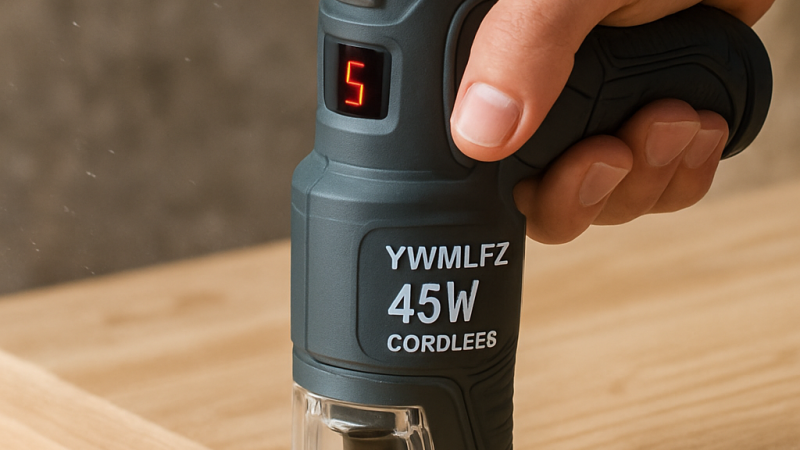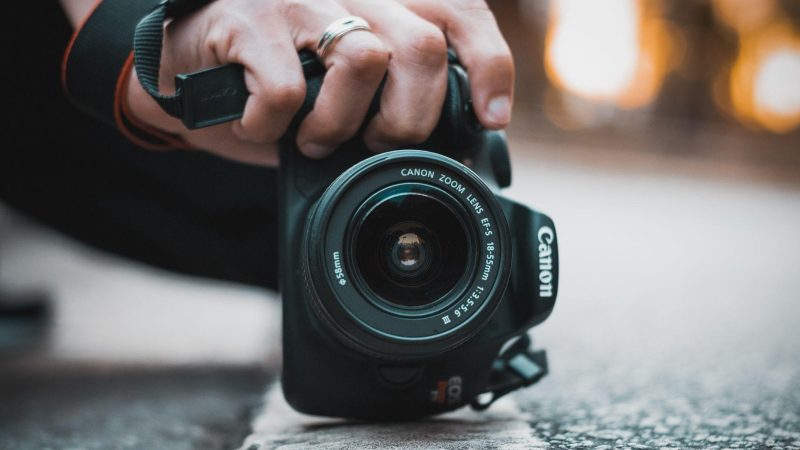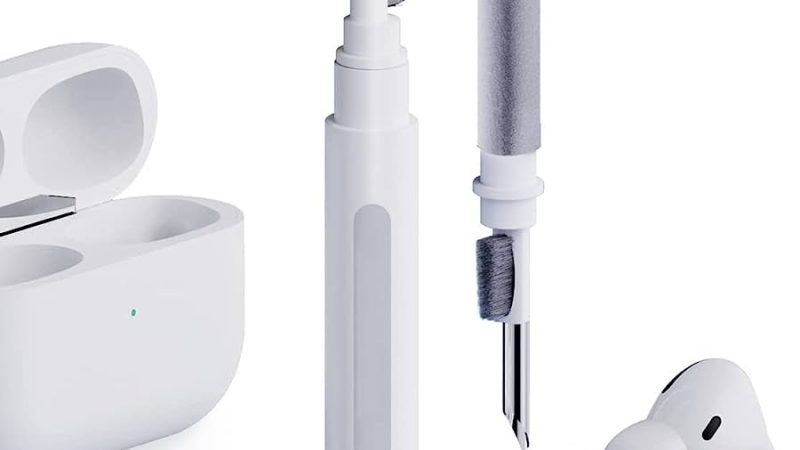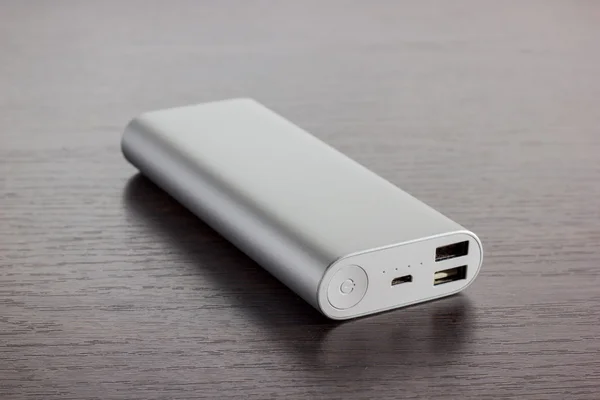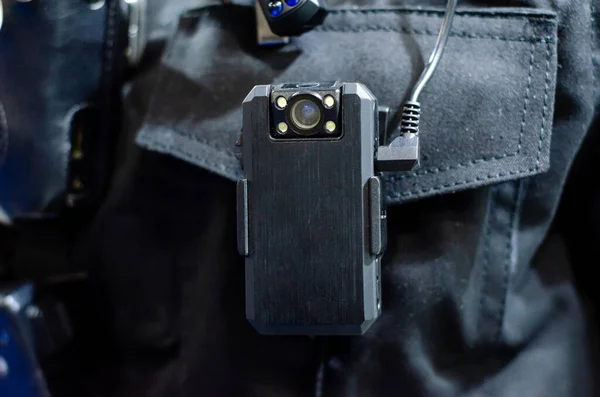Do Noise-Cancelling Headphones Hurt Your Ears?
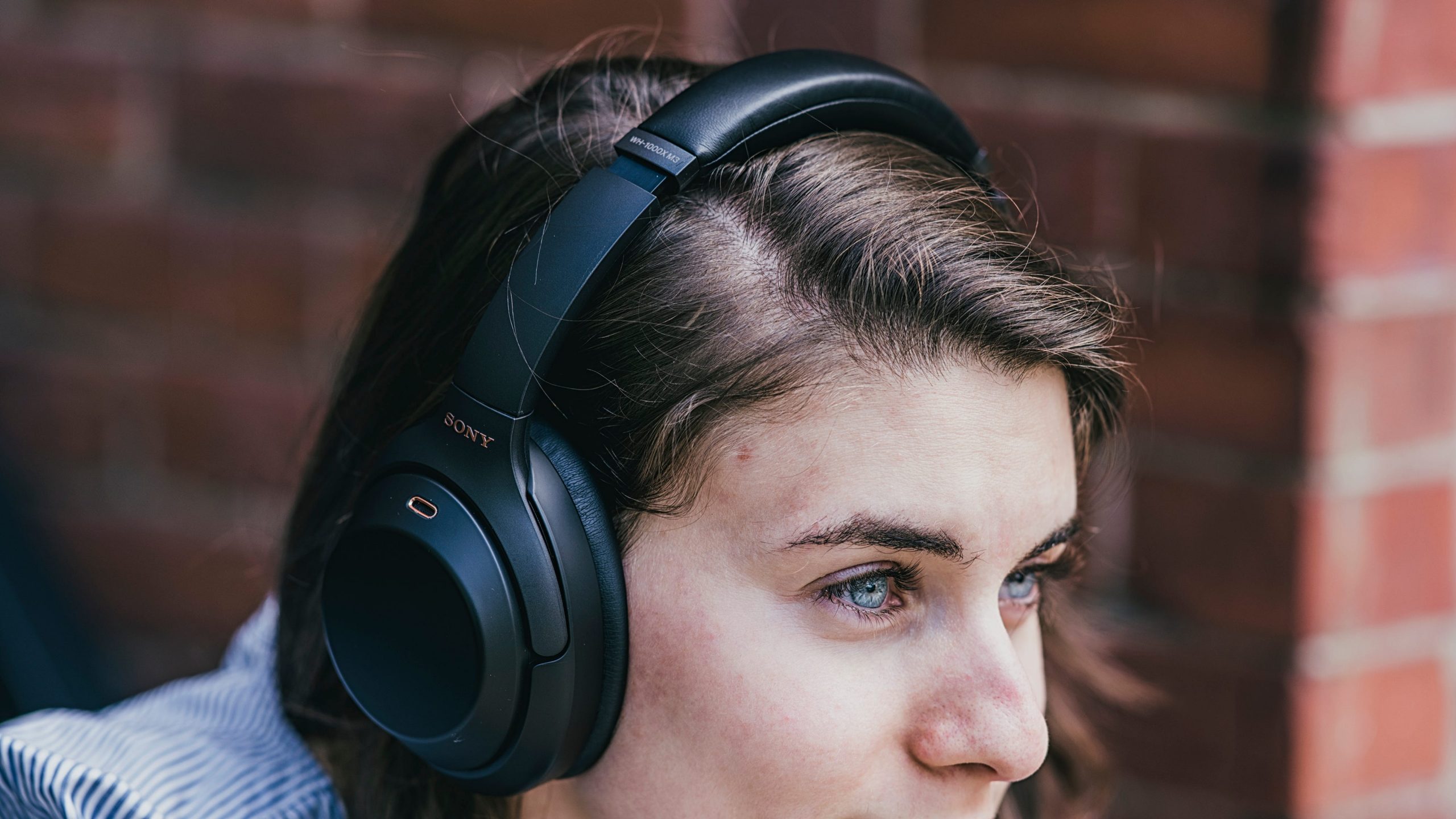
Noise-canceling headphones are undeniably popular, but they aren’t appropriate for everyone. Some people may experience severe discomfort due to active noise cancellation, while others may discover that the sounds they hoped to suppress are still audible and clear.
Before you buy noise-canceling headphones, you should know how noise-canceling technology works and what side effects it can have when it works properly.
Many folks can purchase top-of-the-line wireless headphones, put them on, and relax on their next flight. However, some people may discover that wearing noise-canceling headphones for more than a few minutes causes pressure in their eardrums, a condition known as “eardrum suck” because it mimics the pressure drop experienced when riding a fast elevator. People may wind up stuffing their pricey noise-canceling headphones in a drawer (like we did) or giving them away because of the discomfort.
Eardrum pain is the least of their concerns; they also report headaches, dizziness, and nausea. And it appears that the stronger the noise cancellation, the worse the problem becomes. You might be able to solve the problem by turning off the noise-canceling function, but then the extra money you spent on noise-canceling headphones will have been wasted.
Eardrum suck appears to be psychosomatic, as noise-canceling headphones show no discernible variation in air pressure (and yes, we did try to measure it). We believe it occurs because of the way certain people’s brains perceive the sudden and uneven change in sound that occurs when active noise cancellation is turned on after speaking with some engineers who have worked on noise-canceling headphones. Even though your eardrums are healthy, your brain may interpret this movement as decompression and tell you that they’re being pulled out. However, because the brain controls the body, pain is the result.
ANC Headphones Listen to External Noises and Cancel Them Out
Active noise canceling (ANC) headphones, contrary to widespread assumption, do not filter out noise by physically covering your ear from external sound waves. They’re not fluffy shooter’s earmuffs; they’re just a little plastic piece. So, how do noise-canceling headphones work?
Sound moves through the air in “waves,” just as light. Different sound frequencies are heard as different pitches, just as different frequencies of light are identified as different colors.
Sound, after all, is a “pressure wave.” Sound, unlike light, can travel through solid materials such as walls, water, and a set of plastic headphones. Low-frequency sound waves (like a bass drum) are very good at traveling through solid surfaces, whereas high-frequency sounds (like the obnoxious sound of a CRT TV) aren’t.
As a result, ANC headphones are designed to block out low-frequency sounds. They accomplish this by using a built-in microphone to monitor your noise environment, recognizing the frequencies of these disturbances, and blasting your ears with an anti-noise wave that cancels out the unwanted external sounds.
This may appear complicated, yet it is simple to comprehend. Anti-noise waves are essentially a mirror image of the sound that your headphones are attempting to block out. It has the same frequency (pitch) as the undesired noise, but the polarity is inverted (again, a mirror version). When two sounds with opposite polarities collide, they cancel each other out. It’s strange, but science is weird.
On an airplane, why do my ears feel “pressured”?
So, ANC headphones work by sending an anti-noise wave into your ears to filter out background noise. However, why do they irritate people’s ears and give them headaches?
Most individuals describe the sensation of ANC headphones as a “pressure” on the ears, similar to the variations in atmospheric pressure experienced when flying or diving deep into the ocean. Before we figure out why ANC headphones put “pressure” on your ears, we need to grasp how air pressure works (and how it relates to sound perception).
The force exerted on a surface by the atmosphere is atmospheric pressure (also known as air pressure or barometric pressure). Because our planet’s gravity pulls the atmosphere down, air at low altitudes (at the ocean’s bottom) is denser than air at high altitudes (a mountaintop or an airplane in flight).
The reason for unpleasant pressure in your ears is no longer atmospheric density. The difference between the air pressure in your inner ears and the air pressure in your environment causes the sensation of “pressure.”
The air in your ears tries to leave while you’re at a high altitude. Your inner ears require extra oxygen to avoid collapsing if you’re at a low height and under a lot of pressure. When you “pop” your ears, you’re simply balancing the air pressure in your ears with the air pressure in your surroundings, and the sensation of “pressure” disappears.
Headphones with Active Noise Cancellation Don’t Put Your Ears Under “Pressure.”
However, your brain doesn’t rely solely on ear pain and headaches to detect changes in air pressure. It also considers the amount of vibration in your middle ear.
When you first board an airplane, your ear has a higher air density than the rest of the cabin. As a result, your inner ear resembles a balloon because it is under a lot of pressure and doesn’t vibrate much. Because the lack of vibration causes a reduction in low-frequency hearing, your brain is conditioned to believe that a decrease in low-frequency hearing signals a change in air pressure.
Remember how ANC headphones are designed to suppress out low-frequency environmental disturbances like engine noise? This can deceive your brain into thinking there is a shift in air pressure.
Of course, your brain is not receiving any pain or discomfort signals. As a result, it begins to imitate such experiences to get you to pop your ears. Because popping your ears doesn’t fix the lack of low-frequency ambient sound, the pain and pressure in your ears can get worse until you remove your ANC headphones.
Author Bio – Vivek Roy is an enthusiastic Tech and gadget blogger from India. He loves to share tips and news from all around the world. For more information about him visit his website Leaf Studios.

